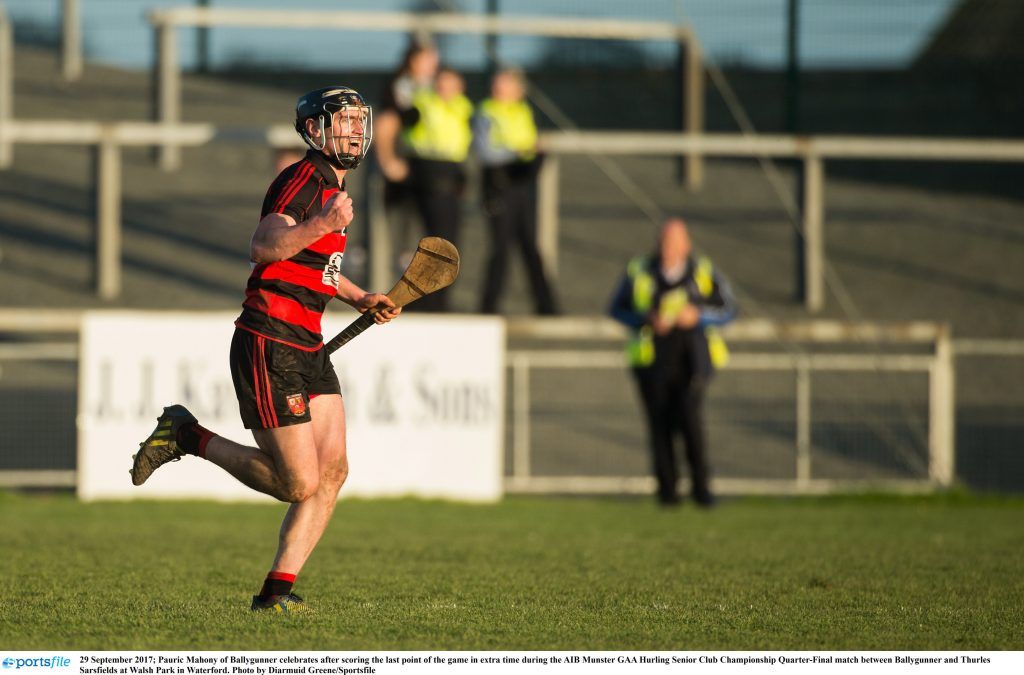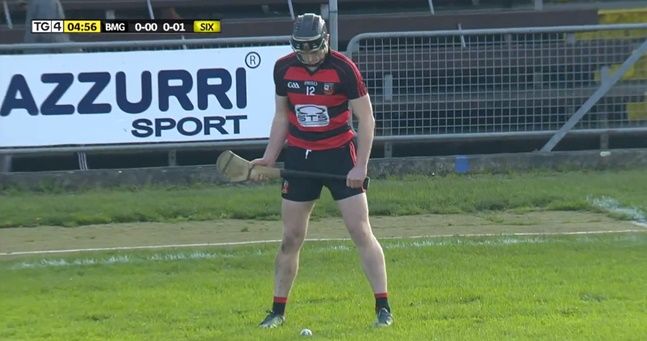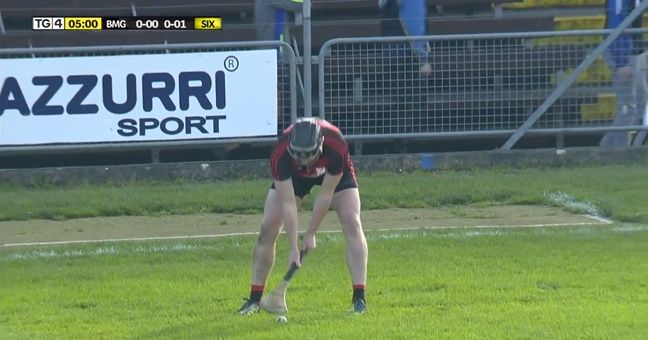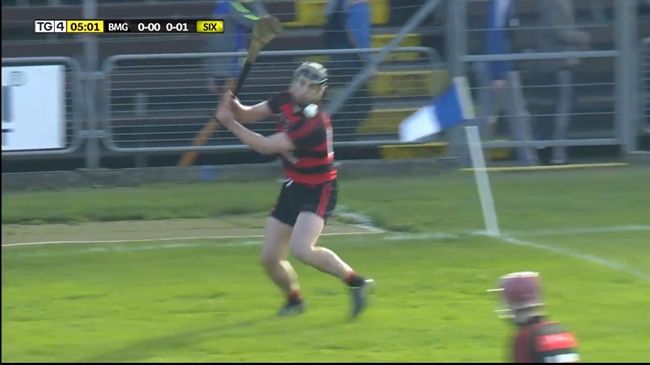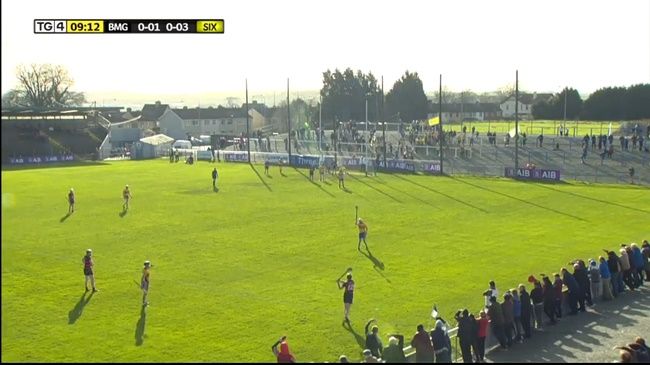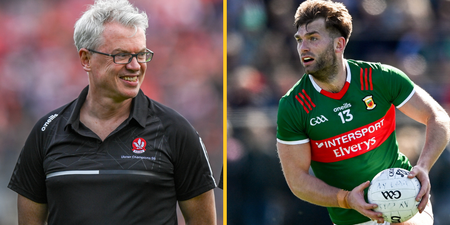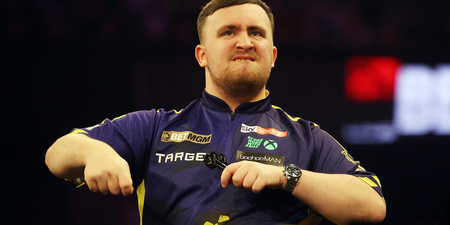One of the best if not the best.
When hurling followers think of the word sharpshooter, the first player to spring to mind will more than likely be Waterford and Ballygunner ace Pauric Mahony.
One of the crispest strikers in the game, he routinely racks up tallies of ten, eleven and twelve points in games. Give him a sniff at goal, be it from a placed ball or from play and he more-often-than-not sends it zipping over the black spot.
His striking on the run is just as clean and snappy, and has the same unwavering accuracy, too.
From frees, 65s, and anything from within 80 metres of the goal, you’d back him every time to raise a white flag, and last Sunday’s Munster club semi-final clash with Sixmilebridge was no different.
11 opportunities came his way, he nailed 91% of them, with only one of them going astray.
This was the depths of winter hurling, a heavy ball, tough conditions, and he was nailing frees from all corners of the pitch.
Mahony’s routine in the build-up to each of his frees is the same, and perhaps this is where his confidence comes from. Free-takers are always told to have a routine that they can rely on in the most pressurised situations, and this is paying dividends for the Déise sniper.
His scoring totals for Ballygunner in the Championship have been consistently high.
- 0-8 in Waterford semi-final vs Lismore.
- 0-9 in Waterford final vs De La Salle.
- 1-11 in Munster quarter-final against Thurles.
- 0-9 against Sixmilebridge in Munster semi.
Consistently accurate, always delivering. When Ballygunner win a free, the umpires should be at their ready.
Here’s the steps he follows for each of his frees.
1. Placing the ball
He places it carefully on the grass, picking a spot that he is comfortable with.
He has two of the rims facing up towards the sky.
2. Steps back
He turns around and takes five backward steps from the ball.
3. Lines it up
Standing three or four yards back from the ball, he looks up towards the goals, before walking back to the ball.
4. Standing over it
His target shoulder is directed towards the goals, where he wants the ball to end up – a technique often used by golfers in their line-up.
The sliotar is in the middle of his stance. He has his hurl gripped at full length. He takes two deep breaths and on his third one he’s ready to bend down and lift the ball.
5. The lift
Most free-takers jab-lift the ball, leaving less margin for error, so their technique is more of a motion.
Mahony roll lifts it, bringing his hurl over and then under on the way.
His posture remains good, his back, despite being bent over isn’t hunched.
6. Motion
His hands are almost parallel to the sliotar as he begins the lift process.
He crouches down slightly, and you can see that he’s ready to power off his left quad on the strike, as he angles towards the goals.
7. The raise
All of his weight transferred onto his left leg, his standing leg and his striking leg.
His lift is reasonably high, as he gets ready to swing his wrists and meet the ball on the upswing.
8. Backswing
His backswing is high, with his hurl pointing towards the sky at its peak.
You can see he’s ready to drill the ball, showing just how confident he is.
9 The follow through
The weight again transfers back onto his left leg. He throws his whole body through the ball, ensuring he has the distance and that dead eyed accuracy.
10 Holding the follow through
Like a professional golfer.
It works for him, anyway. We wonder does he practice his frees more than Shane Dowling of Na Piarsaigh.
Free-takers will appreciate these words https://t.co/qVQtK5qQTe
— SportsJOE (@SportsJOEdotie) November 2, 2017

